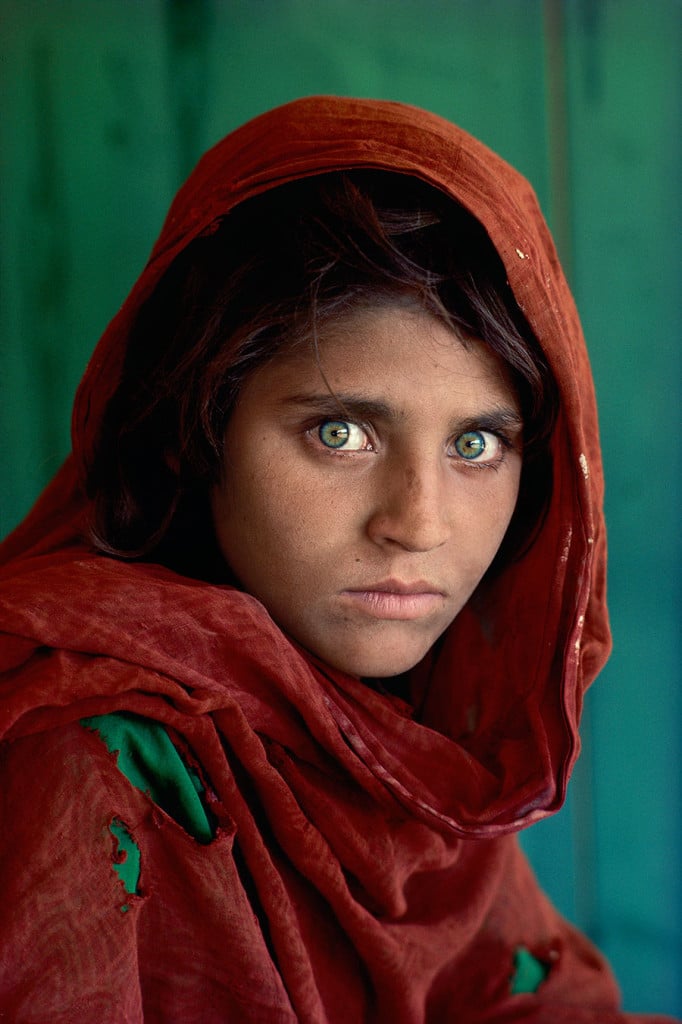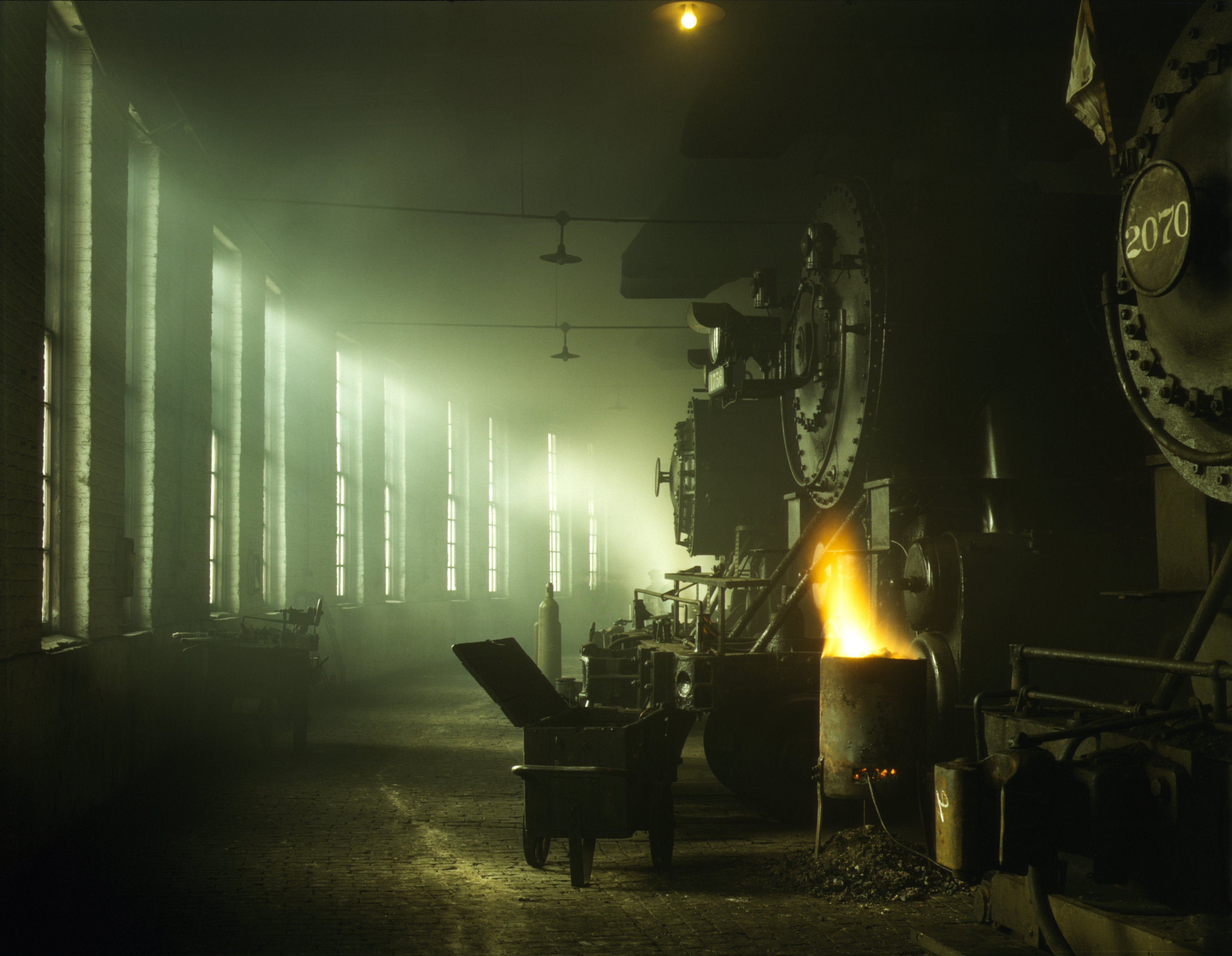Fine Art Portraits-
Both of the portraits above were taken by famous American Photojournalist Steve McCurry. I chose both of my examples of fine art portraits to be taken by McCurry because I was very fascinated by how all of his portraits highlight his subject's eyes. I think that eyes can tell a lot about a person, and that by making them such a major focus in his work creates a personal attachment between the photos and the viewers because of the emotion they may experience or perceive from it.
Editorial Portraits-
The first of these two editorial portraits was taken by Kremer Johnson, and the second by Jean-Yves Lemoigne. In the portrait by Kremer, although I am not really sure of what it is advertising, I am fond of his use of lighting that not only illuminates his subject in a way that really draws in the viewer's attention, but also blends in with the scene, really making everything seem in place. At least in editorial portraits, I favor those that are seemingly chaotic and busy, but in a way where everything seems in place. While this style is prevalent in Kremer's portrait, I think that it really shines in Lemoigne's one. I have always been amused by Old Spice advertisements in the past, both in videos and pictures, and this is no exception. In this photo, the aspect that really interests me is how Lemoigne was able to include a man with a secondary eagle head, who is holding three different Old Spice products in his hand a woman in the other while still making it visually appealing.
Comparison-
I think that both styles of portrait photography are equally interesting, and while are in some ways similar in theory, have very distant purposes. While fine art portraits exceed of capturing real emotion and real feelings to make a connection with or send a message to the viewer, editorial portraits exceed in their own way by creating amusement and interest in the hope of enticing the viewer to purchase something.


















